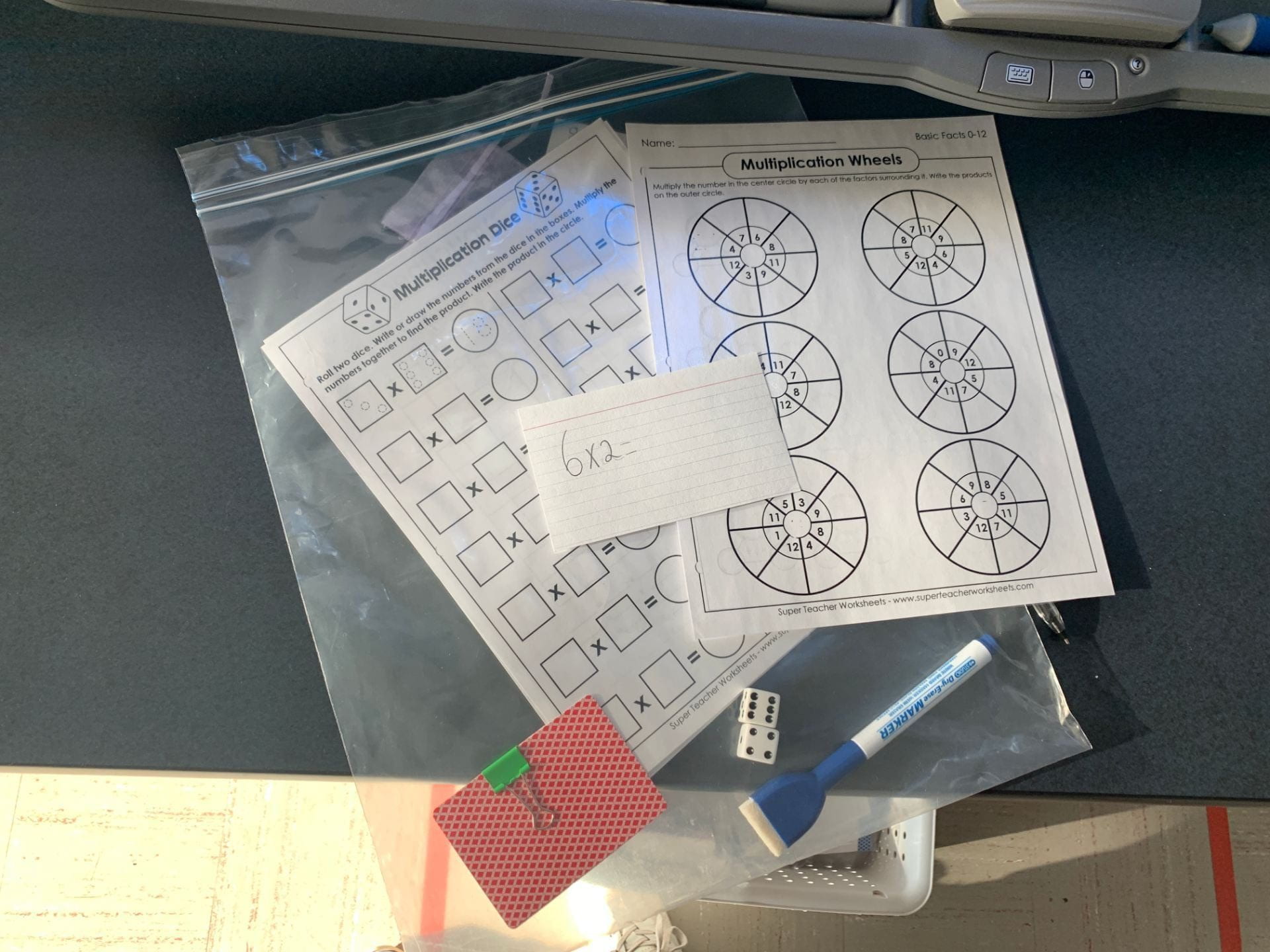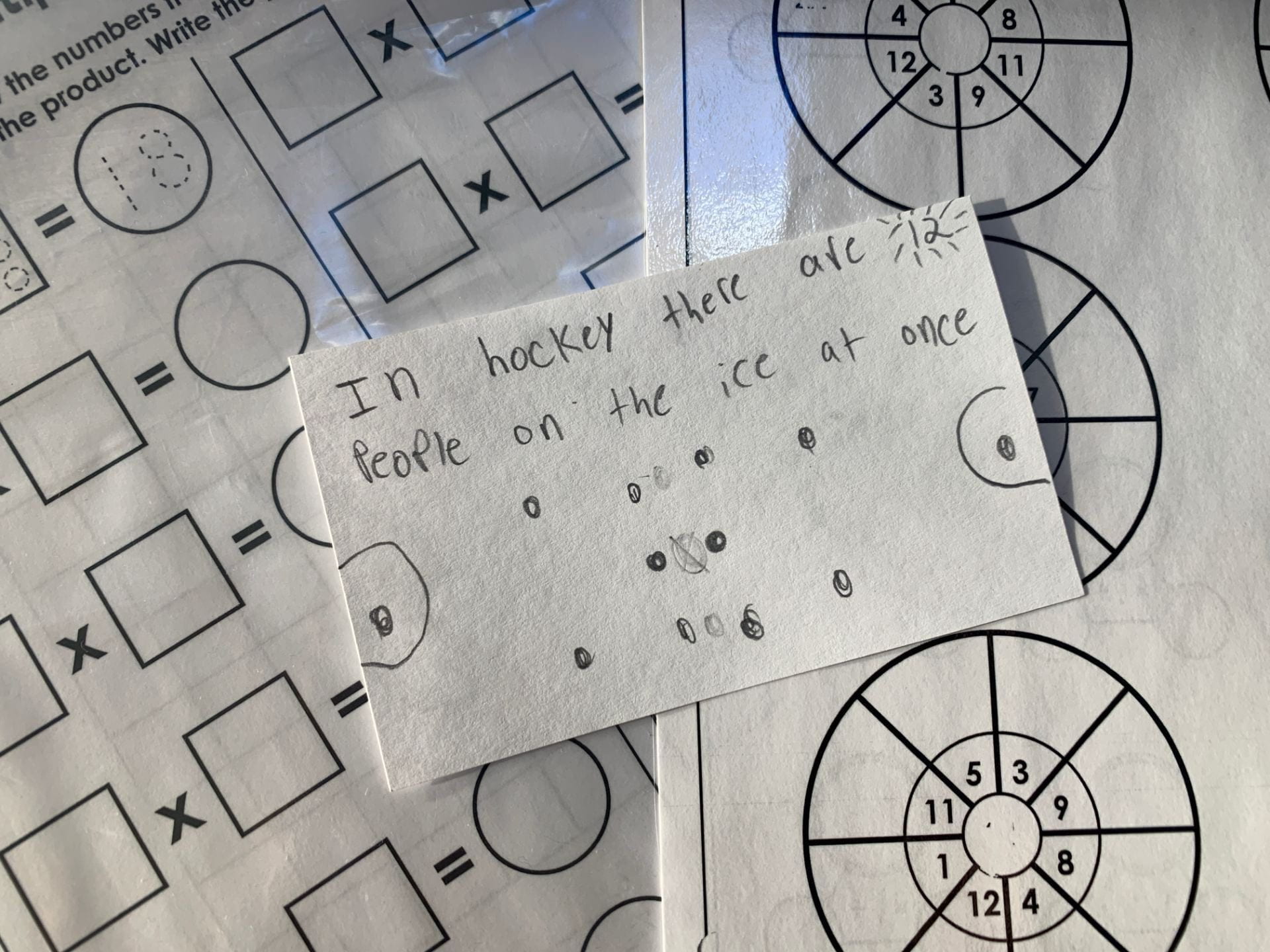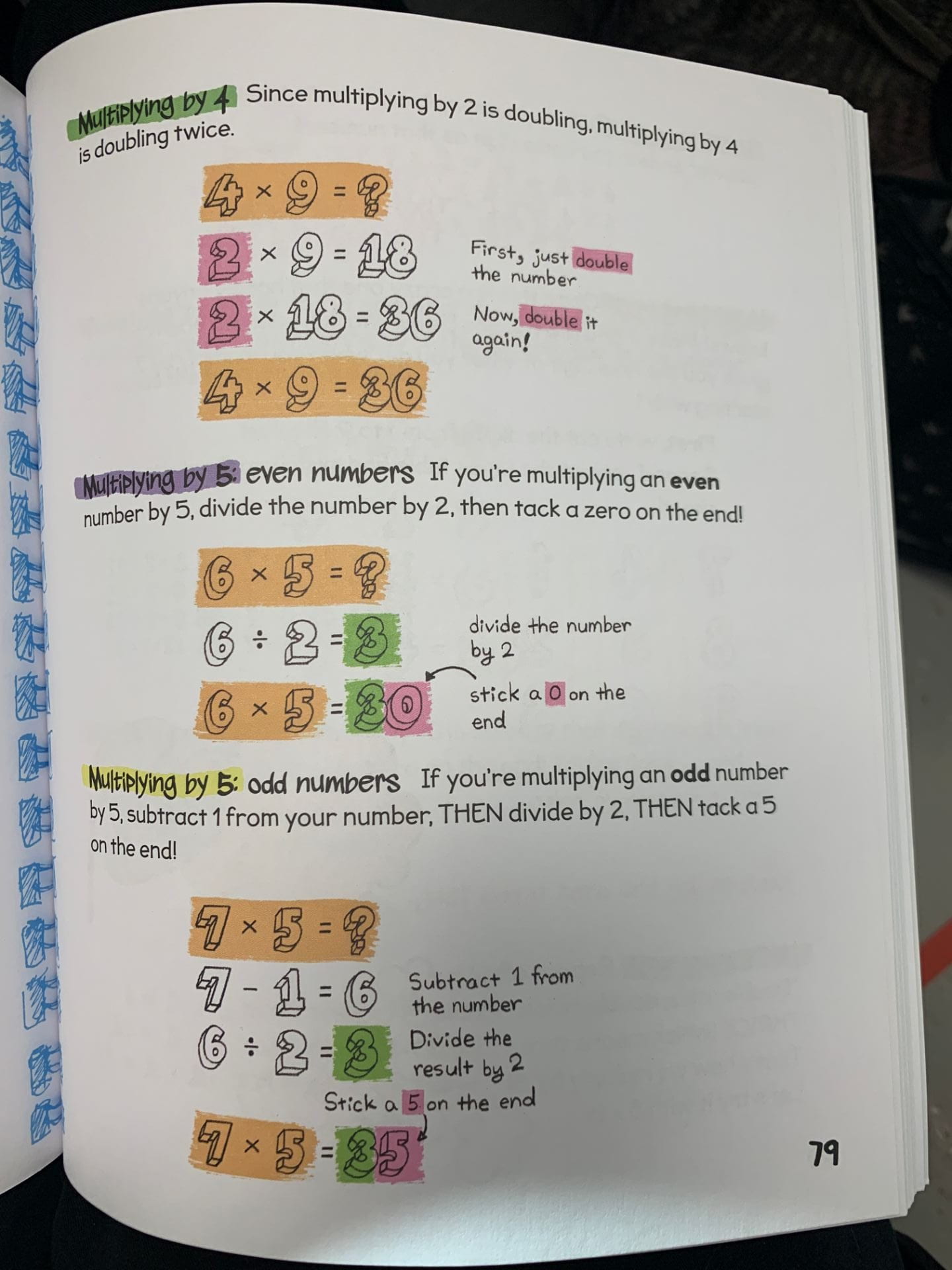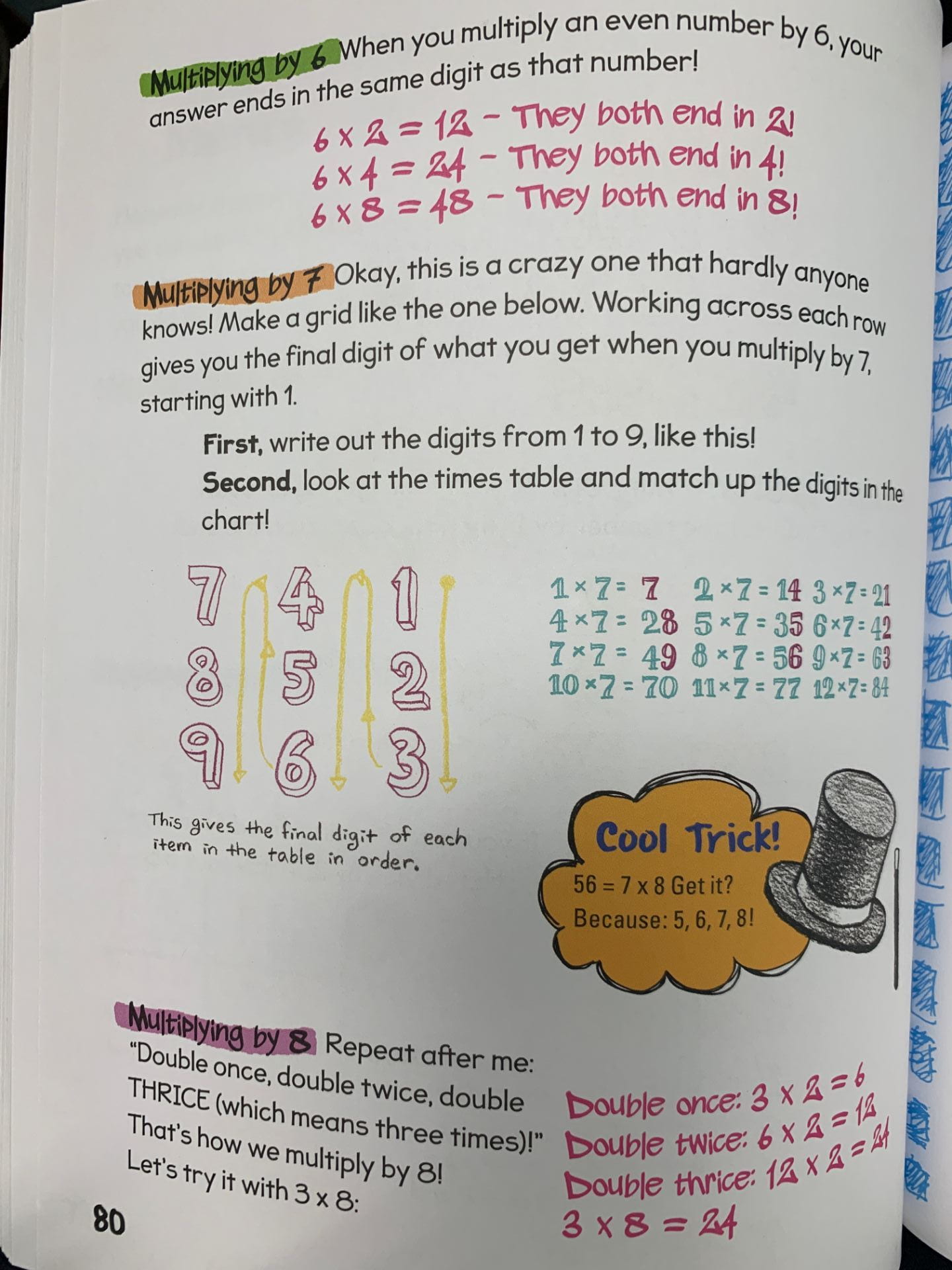The Facts About Multiplication Facts
As some of you may know, Ontario released a new math curriculum in 2020. There are a few new strands, such as financial literacy and coding, but one major philosophical change is the requirement for students to memorize their multiplication facts. In grade 5, students are required to learn their facts up to 12 x 12.
I have written about memorizing facts before, and have participated in workshops on online webinars to learn other strategies for helping students learn their facts. I personally believe that there is a balance between memorizing and learning the “why” of multiplication. I don’t believe it’s an all or nothing, you just know them or you don’t, kind of thing. There may be some facts that come more easily, and others that are more difficult. Using strategies to make those more difficult ones make sense seems so much more beneficial than simply just memorizing it.
With all that being said, the one common strategy, whether you are learning or memorizing, is practice! Talk about multiplication, think about multiplication, practice multiplication, make it a part of your daily routine, and it will get easier! Therefore, over the next number of weeks, in addition to reading daily, students will be required to practice their multiplication facts until they are mastered. Some may already be there, some may need until the end of the year. Either way is perfect! Students will have the opportunity to demonstrate their mastery whenever they are ready, fact by fact.
Think About Multiplication
I highly recommend watching this webinar (it’s about an hour long) for some ideas about how you can talk about the facts to help your child learn those trickier ones.
Read About Multiplication
Here are some strategies from a book I got at the Scholastic Book Fair two years ago, Math Hacks by Vanessa Vakharia (if you follow the link, there are some suggestions for online sites and games for practice)
Practice Multiplication
- Make Flashcards. This is much better than buying them premade! Writing the facts down is in itself a form of practice. Students can cut the cards, write the multiplication sentence on one side, and the answer on the back.
- Math rap songs. For our auditory learners, listening to songs about multiplication and adding a beat to it can be helpful. Students can learn all the newest pop songs by heart…why not their multiplication facts? YouTube has tons of options. You just need to find the one that appeals to you. Here’s a site with 30 fun ideas that play on your musical, artistic, or kinesthetic learning style.
- Online multiplication practice. These are a few suggestions but there are TONS to choose from.
- Printed practice sheets. I have heaps of practice sheets that students can take home.
- Find tricks to help you remember your facts.
- Mrs. Cleveland has also created a list on her math blog, to many different useful math practice sites, not only just for multiplication.
 Loading...
Loading...
If you have any questions or comments, we’d love to hear from you! Happy multiplying!








